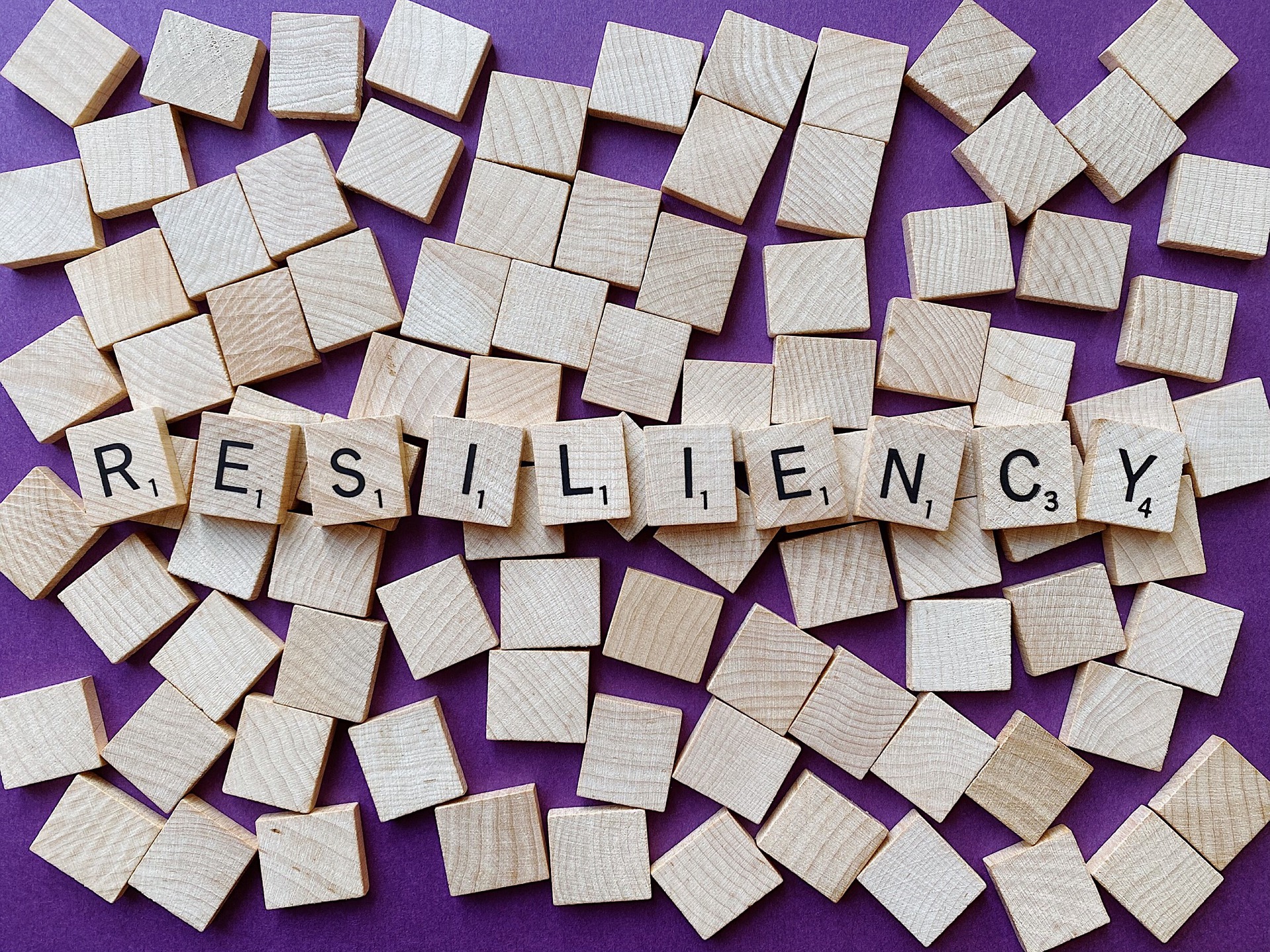School Resiliency: Not as Simple as Remote vs. In-Person Classes
A new study found that schools had great variation in student math scores that couldn’t be explained by in-person vs. remote school alone

Remote learning is an easy scapegoat for the struggles many districts endured during the 2020-21 school year, however, it is not an accurate one, suggests a new study of North Carolina schools.
Instead, other factors had a greater influence on school resiliency that need to be better understood going forward, the study concludes.
For the study, researchers looked at third-grade math data from North Carolina public schools. They found that even though students who attended mostly in-person school tended to be higher achieving than those who attended mostly remote-only classes, these differences in education accounted for only a small fraction of the variation observed. In other words, there was significant variation between otherwise similar mostly remote and mostly in-person districts.
This discrepancy suggests that there are more significant factors at play when it comes to school resiliency than ‘remote vs. in-person’ learning, says the lead author of the study, Thurston Domina, a professor with the University of North Carolina School of Education.
“Our findings, consistent with a lot of the rest of the literature, make it clear that remote learning was not a great thing for kids, particularly in the early grades, but it really was also scapegoated. It's a small part of the pandemic story,” he says. “Remote versus in-person, was the latest silver bullet in education.”
Understanding School Resilience
In-person classes compared to remote ones accounted for only two percent of the unexplained variance in school test scores observed by the researchers. The team also examined socio-economic factors and found once again that although these influenced scores, it couldn’t alone explain the variance observed.
The research highlights the need to better understand the factors that influence school resiliency so schools can most effectively emerge from pandemic trauma and prepare for future challenges – ranging from extended weather-related school closures to future pandemic waves.
Tech & Learning Newsletter
Tools and ideas to transform education. Sign up below.
The study was not designed to detect what exactly was causing the variability in school resilience. “What all the other things that are happening are, I don't have a handle on empirically,” Domina says. “I've got guesses. I've got a frame to put it in, but I don't have a neat and tidy story to tell you about that.”
Supporting School Resilience
Despite the limitations of existing research, Domina believes two key factors in school resiliency are trust and system redundancy. Schools that had the trust of students, staff, parents, and community members were able to navigate the challenges of the pandemic much more effectively. The direct impact of trust, or lack of it, can be seen during school board meetings, Domina says. “Some school boards have managed to, you know, be deliberative and open and conversational and maintain trust, even with profound disagreements through all of this, and others have jumped at one another's throats and become scary places,” he says.
Meanwhile, Domina says, many districts have focused on efficiency and that has done away with redundancy in the system. “We don't have a lot of extra staff around. We don't have a lot of extra resources around,” he says. “In the worst surges of the pandemic maybe 3 or 4 percent of your employees are sick, and that doesn't sound like a lot, but if you're running lean, everything falls apart.”
As hard on schools as the past two years have been, and as much as the pandemic revealed how fragile our systems are, Domina says there is a silver lining as better understanding all the factors related to resilience can guide us going forward. “We have made it through,” he says. “The system has held up. It's a stress test. And what I have to hope right now is that we heal stronger.”
Erik Ofgang is a Tech & Learning contributor. A journalist, author and educator, his work has appeared in The New York Times, the Washington Post, the Smithsonian, The Atlantic, and Associated Press. He currently teaches at Western Connecticut State University’s MFA program. While a staff writer at Connecticut Magazine he won a Society of Professional Journalism Award for his education reporting. He is interested in how humans learn and how technology can make that more effective.

